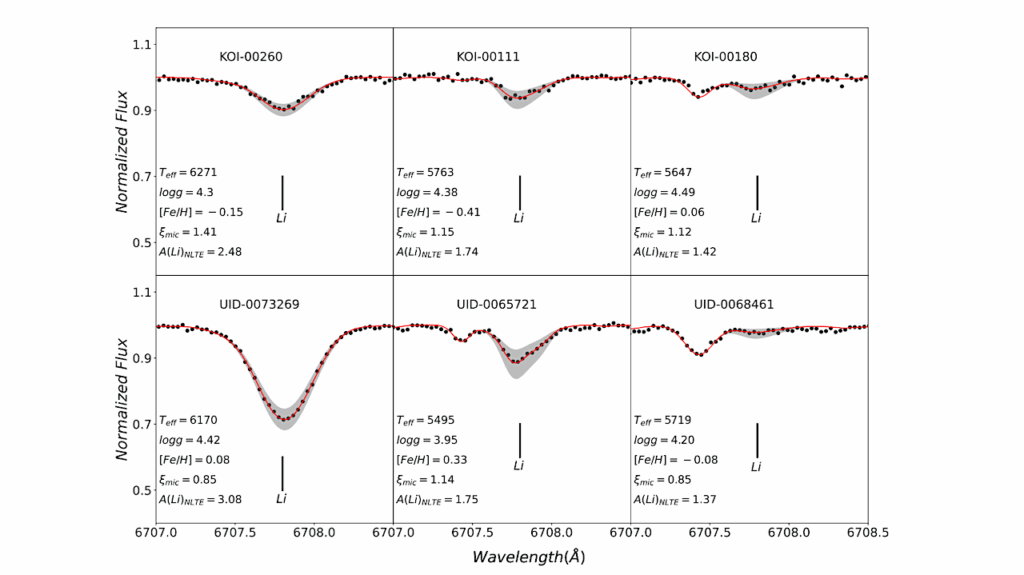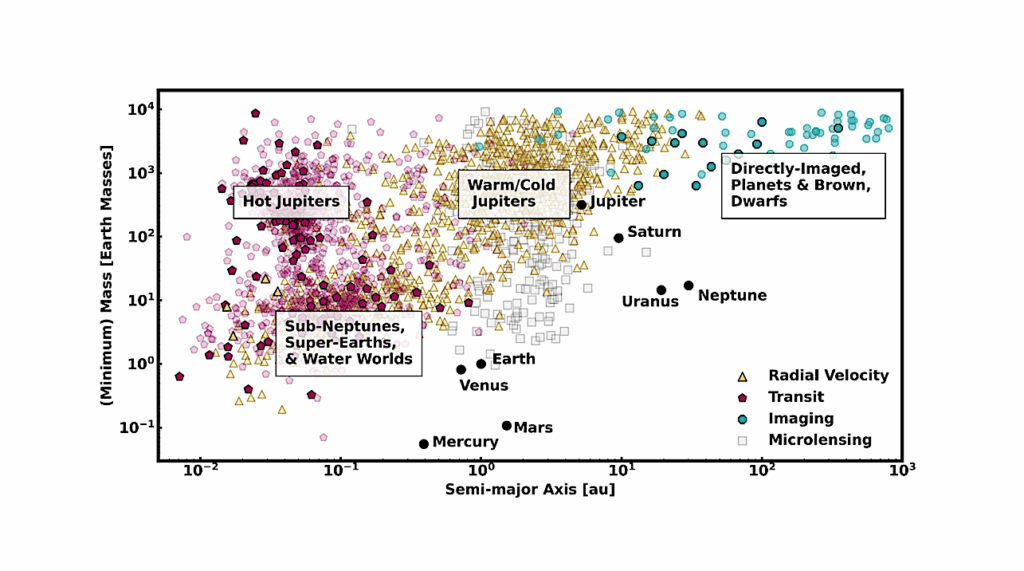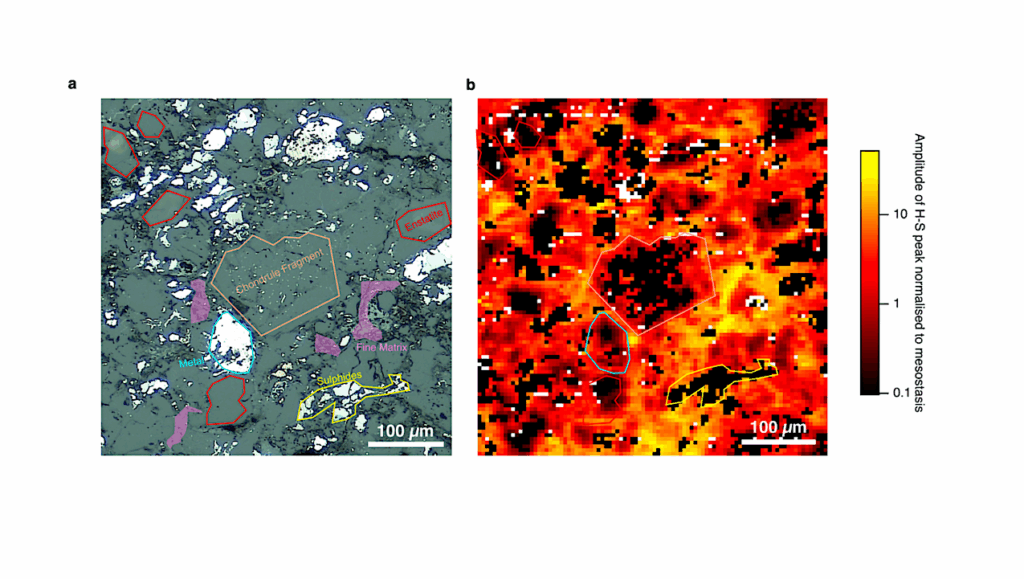Theory Of Chemical Evolution Of Molecule Compositions In The Universe

Chemical evolution is essential in understanding the origins of life. We present a theory for the evolution of molecule masses and show that small molecules grow by random diffusion and large molecules by a preferential attachment process leading eventually to life’s molecules.
It reproduces correctly the distribution of molecules found via mass spectroscopy for the Murchison meteorite and estimates the start of chemical evolution back to 12.8 billion years following the birth of stars and supernovae.
From the Frontier mass between the random and preferential attachment dynamics the birth time of molecule families can be estimated. Amino acids emerge about 165 million years after chemical elements emerge in stars. Using the scaling of reaction rates with the distance of the molecules in space we recover correctly the few days emergence time of amino acids in the Miller-Urey experiment. The distribution of interstellar and extragalactic molecules are both consistent with the evolutionary mass distribution, and their age is estimated to 108 and 65 million years after the start of evolution.
From the model, we can determine the number of different molecule compositions at the time of the emergence of Earth to be 1.6 million and the number of molecule compositions in interstellar space to a mere 719 species.
Theory of Chemical evolution of molecule compositions in the universe, in the Miller-Urey experiment and the mass distribution of interstellar and intergalactic molecules
Stuart A. Kauffman, David P. Jelenfi, Gabor Vattay
(Submitted on 15 Jun 2018 (v1), last revised 30 Nov 2019 (this version, v2))
Subjects: Populations and Evolution (q-bio.PE); Cosmology and Nongalactic Astrophysics (astro-ph.CO); Solar and Stellar Astrophysics (astro-ph.SR); Biological Physics (physics.bio-ph)
Journal reference: Journal of Theoretical Biology 2019
Cite as: arXiv:1806.06716 [q-bio.PE] (or arXiv:1806.06716v2 [q-bio.PE] for this version)
Submission history
From: Gabor Vattay
[v1] Fri, 15 Jun 2018 14:42:25 UTC (569 KB)
[v2] Sat, 30 Nov 2019 09:44:49 UTC (279 KB)
https://arxiv.org/abs/1806.06716
Astrobiology, Astrochemistry








